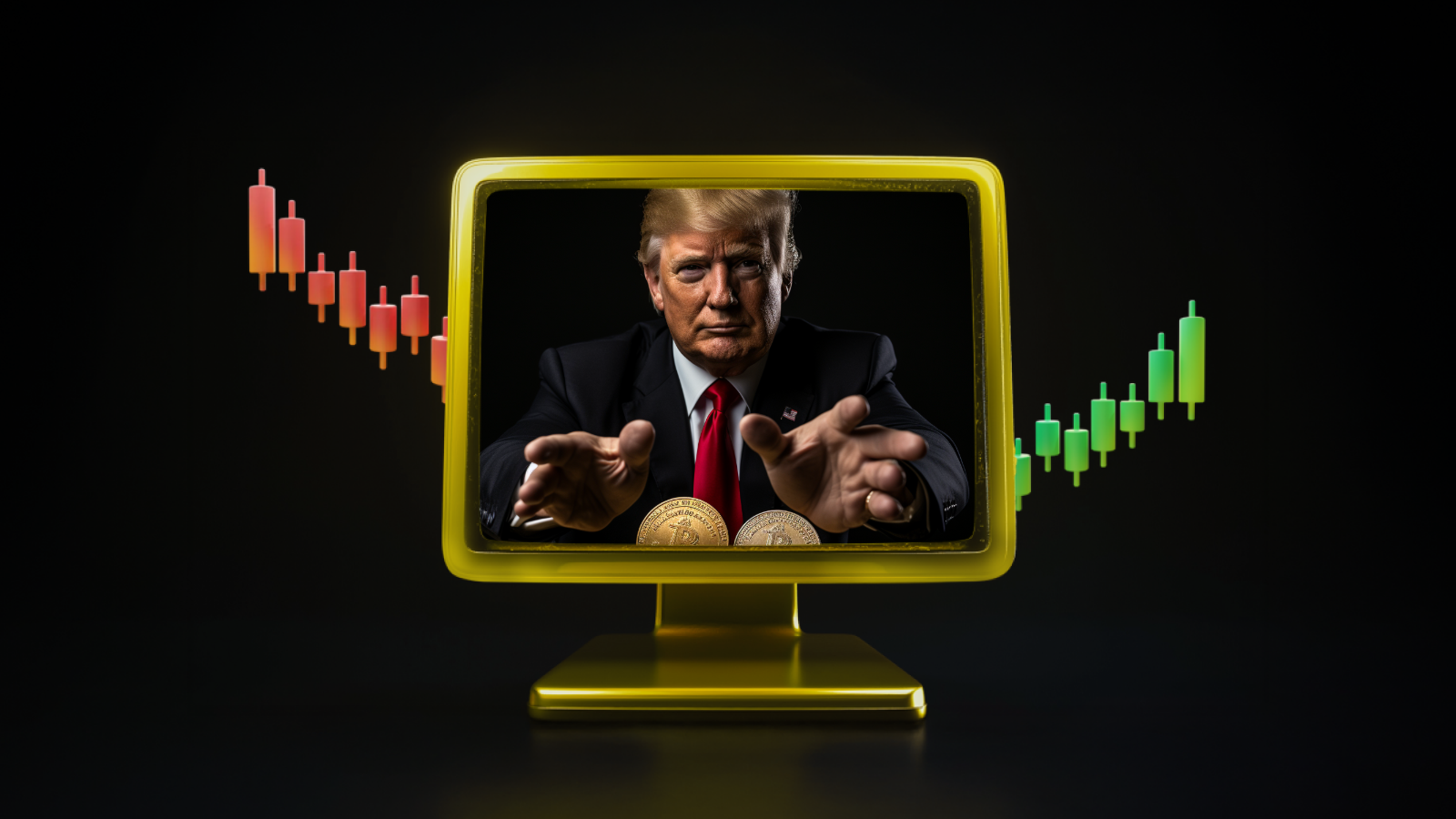Introduction
Under the leadership of Donald Trump, the US economic policies have frequently come to the fore with important moves that will affect international markets. One of the most recently discussed issues is the Trump administration’s alleged plan to create a $200 billion Bitcoin (BTC) reserve through the Exchange Stabilization Fund ESF). This plan is considered as an important step in terms of strengthening the place of digital assets in the global financial system and maintaining the dominance of the US dollar in international trade.
What is the Exchange Stabilization Fund
The Exchange Stabilization Fund is a financial instrument established by the US Treasury Department in 1934 to stabilize gold reserves and foreign exchange markets. The ESF has generally served to protect the value of the dollar, increase confidence in international trade and provide financial stability in times of crisis. It is known to be a critical tool in maintaining the financial strength of the United States.
Traditionally, the ESF has been limited to activities such as intervening in foreign exchange markets, providing liquidity or contributing to international financial regulation. However, the rapidly rising importance of digital assets, and Bitcoin in particular, suggests that the fund’s areas of use could be redefined.
200 billion Dollar Bitcoin Reserve Plan
The Trump administration’s move towards Bitcoin is seen as a major step in both economic and strategic terms. The creation of a $200 billion Bitcoin reserve could cement US leadership in digital assets and bolster the dollar’s strength in the global financial system. It could also be a critical strategy to preserve US financial sovereignty and gain an edge in the digital asset market against rivals such as China.
Bitcoin’s limited supply means that such a move could lead to a large price spike in the market. At the same time, a purchase of this magnitude could lead to greater acceptance of Bitcoin among mainstream financial instruments. If the US adopts such a reserve policy, it could prompt other countries to take similar steps and trigger a global digital asset race.
Potential Advantages and Challenges
The US creation of a Bitcoin reserve could increase the importance of digital assets in the financial system. This step could bring long-term benefits to the US economy and position the dollar as a leading currency in the digital finance revolution. It could also pave the way for the US to transition to digital dollar (CBDC) projects in the future.
However, this strategy may also bring with it a number of risks and controversies. Bitcoin’s decentralized nature could prevent a country like the United States from exerting full control over this asset. Furthermore, a plan to create such a reserve could be perceived by other countries as an attempt at financial manipulation, leading to international tensions.
Global Impacts and Future Perspective
The Trump administration’s plan to create a Bitcoin reserve could have a transformative effect not only for the US but also for the global financial system. The development of alternative digital currencies, such as China’s digital yuan project, could accelerate in response to such a move. And actors such as the European Union may take digital euro projects more seriously.
If this strategy comes to fruition, it could lead to huge fluctuations in the price of Bitcoin and other digital assets. At the same time, this move by the US could lead to a more decisive role in the regulation of cryptocurrencies.
Conclusion
Donald Trump’s plans to create a Bitcoin reserve through the Exchange Stabilization Fund could mark an important turning point in the future of digital assets. If this plan materializes, it could usher in a period in which the US could maintain both its leadership in digital finance and the dollar’s dominance in global trade. However, this process should be carefully monitored in terms of international regulations, market reactions and dynamics in the financial system.





